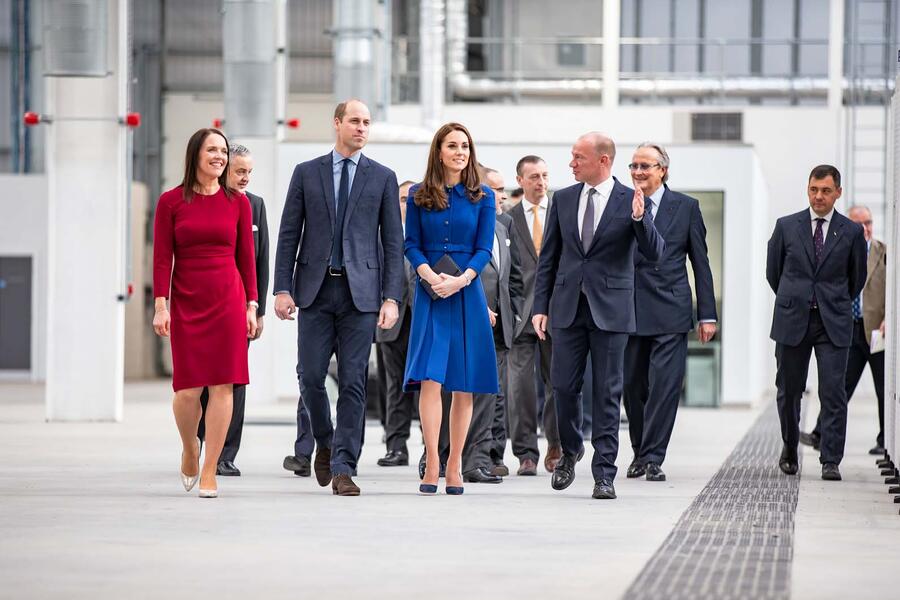McLaren’s second production facility was officially opened in November by The Duke and Duchess of Cambridge, accompanied by the Crown Prince of Bahrain. It’s located in the Advanced Manufacturing Park in Catcliffe, between Sheffield and Rotherham.
Full-scale production of the Monocell is anticipated to begin next year, with the current 60-strong workforce set to swell to more than 200.

Currently, production of carbon fiber tubes for McLaren production models, including the Speedtail hypercar and upcoming grand tourer, is sub-contracted to a company named Carbo Tech that’s based in Salzburg, Austria. This firm will continue to supply carbonfibre components to McLaren, with the MCTC producing only Monocell tubs.
The British content of McLaren’s cars will increase from 50% to 58% when the MCTC-made tubs are used.
Forty-five McLaren employees are located at the nearby University of Sheffield’s Advanced Manufacturing Research Centre (AMRC), which is now partnering McLaren. This team is set to grow to 200 and is working on pushing advances in carbonfibre tub technology.
Pre-production versions of Monocell tubs are being built in association with the university, while apprentices are being trained to work at the new facility.
In November, the unveiling of a commemorative carbonfibre plaque at the MCTC’s opening ceremony was watched by representatives from Sheffield and Rotherham district councils, a number of senior local stakeholders and the facility’s team of engineers.
At an event to celebrate the facility’s opening, a McLaren Senna hypercar performed doughnuts to ‘christen’ the newly laid factory floor, which spans 75,000sq ft.
Speaking at the unveiling, Ken Smart, project director for the MCTC, said: “There are two key reasons why we are developing this facility. First, taking control of the manufacture of the tub enables us to build in more design flexibility. So, as we develop the vehicles, we will be able to design the tubs to meet the features of those vehicles – things that matter to the customer, such as vehicle dynamics, ergonomics, space in the cabin, the driving position, visibility, ingress and egress.
“Second, and perhaps more importantly, it gives us the opportunity to continually learn from the development process. Every time we solve a problem, we learn something new.